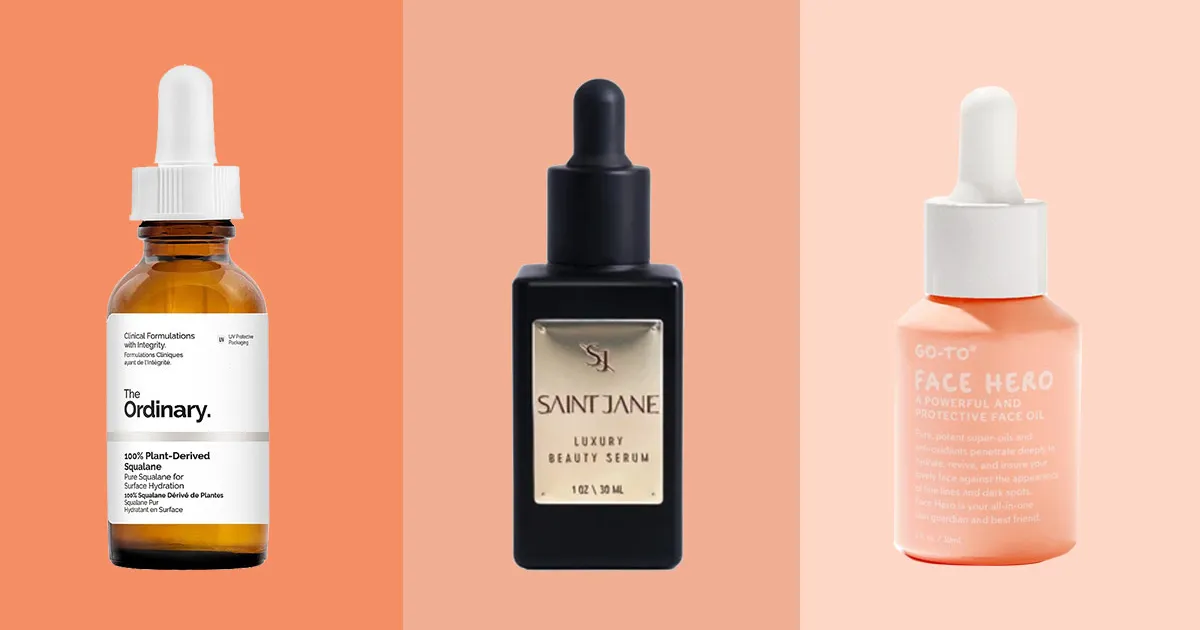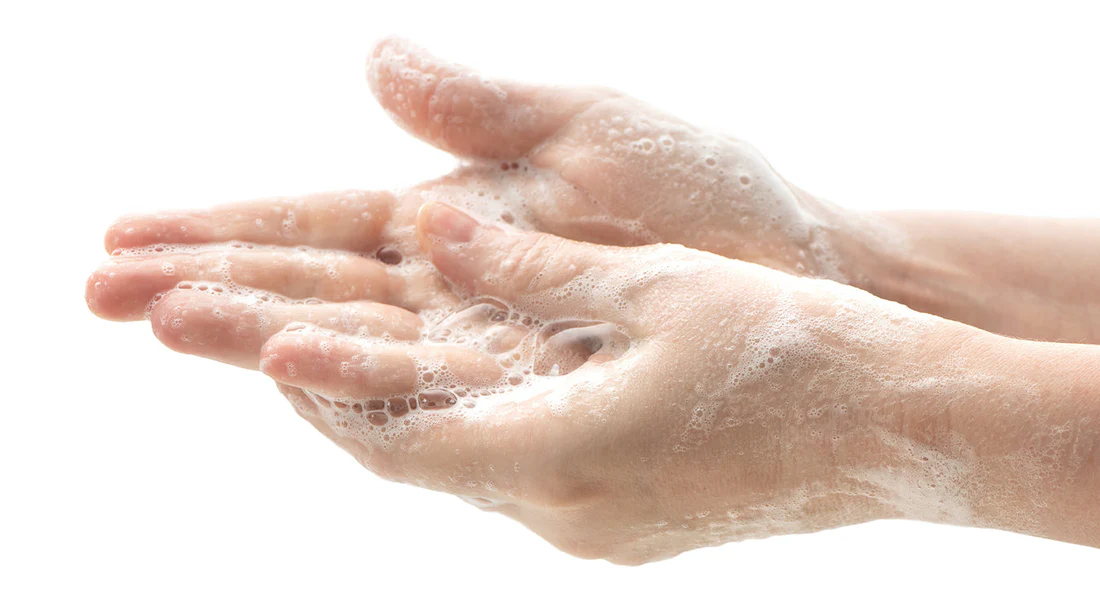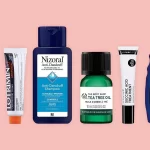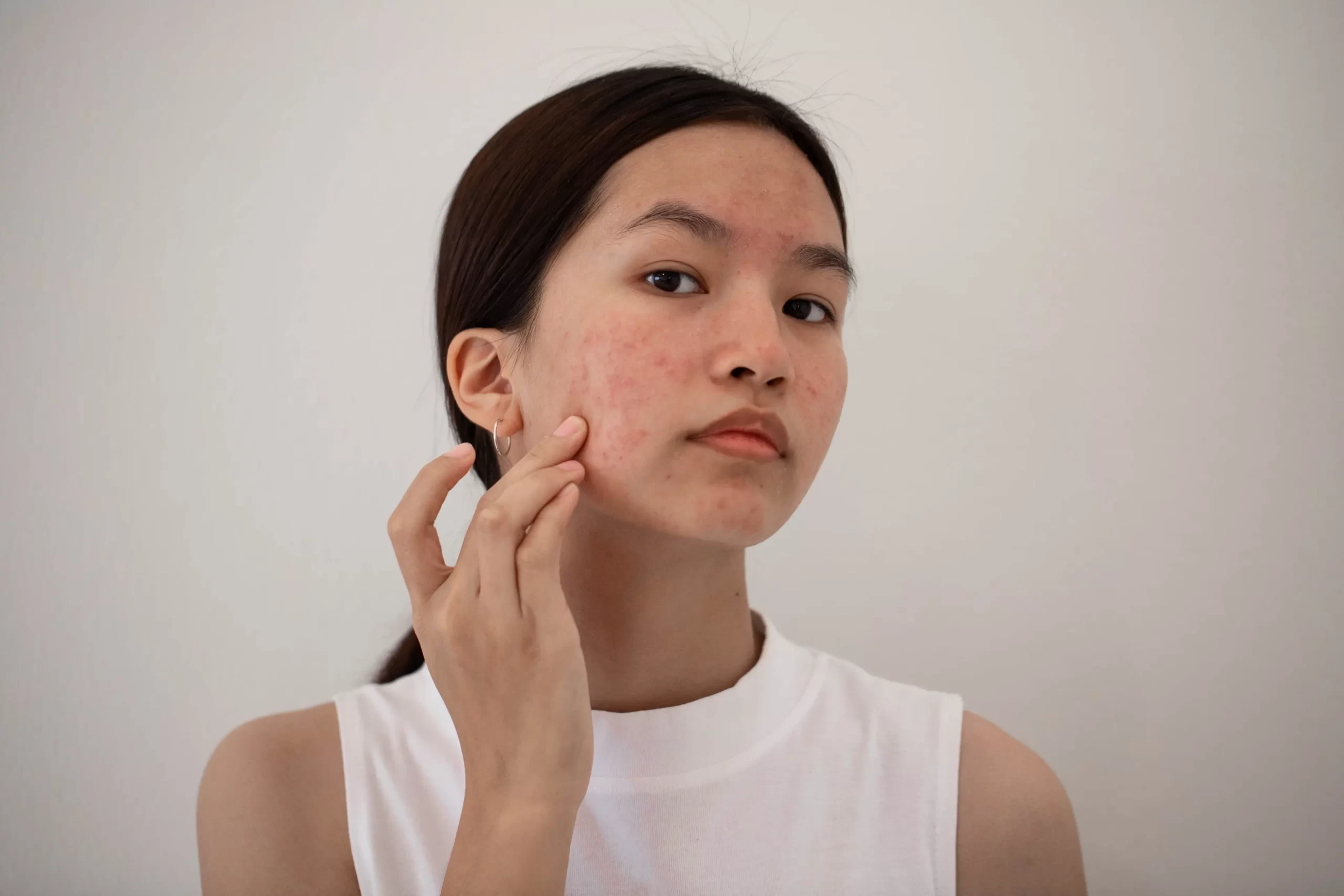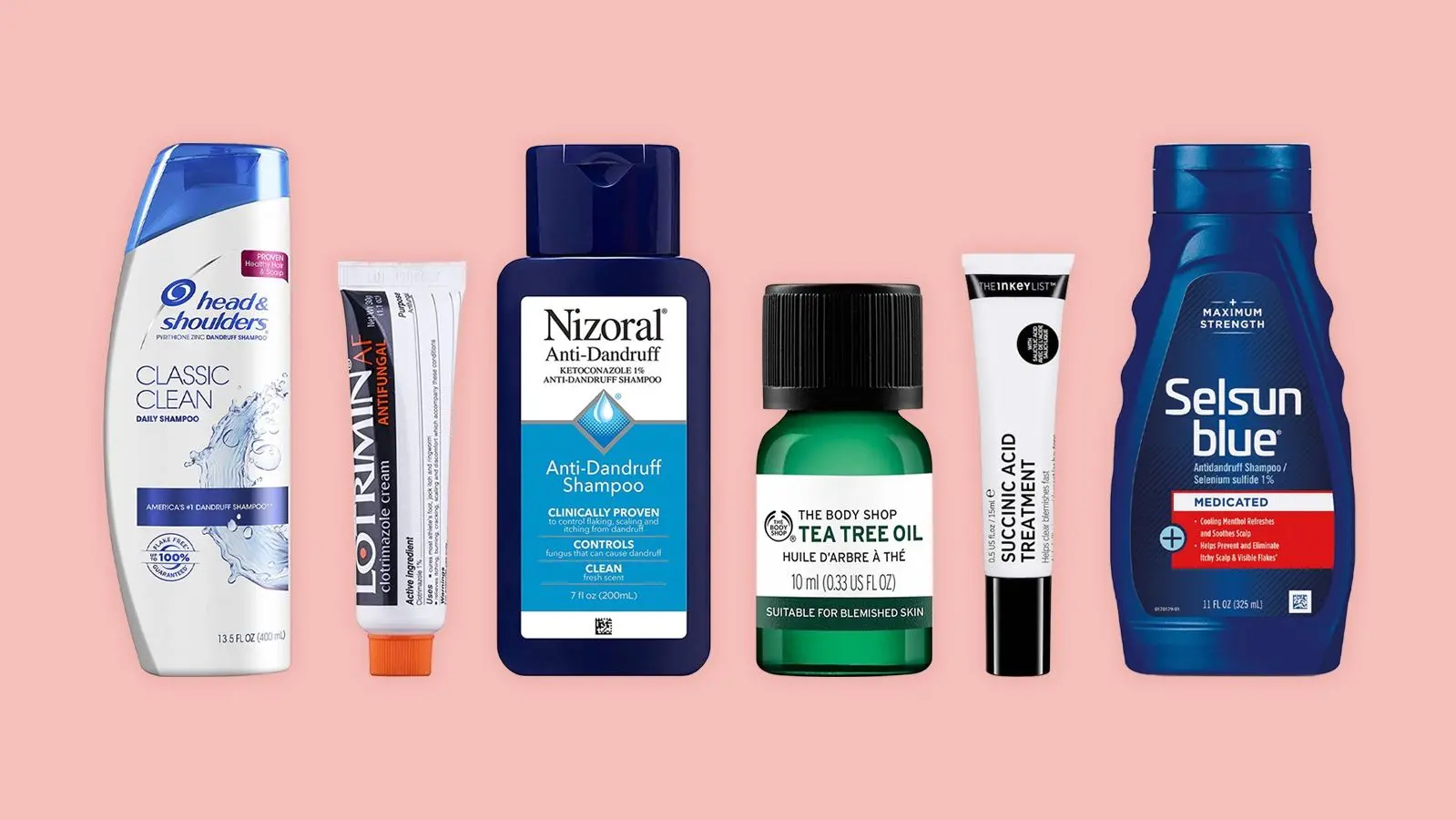Choosing the right dermatologist-recommended face oil depends on matching the oil’s properties to your skin’s specific needs.
Dermatologists favor lightweight, non-comedogenic options like jojoba or squalane to balance hydration without clogging pores, while richer oils such as argan or rosehip help repair dryness and fine lines.
The best choice supports the skin barrier, absorbs easily, and feels comfortable rather than greasy. Your perfect oil depends on whether your skin needs moisture, balance, or anti-aging care, and professional guidance helps ensure it fits safely into your skincare routine.
Best Face Oils by Skin Type
For Dry or Dehydrated Skin
People with dry skin often need rich oils that replenish moisture and seal it in. Dermatologists recommend argan oil or coconut oil in small amounts to improve elasticity and relieve tightness, especially when paired with a dermatologist-recommended moisturizer for dry skin.
These oils work best when layered over a lightweight serum or cream to trap hydration.
- The Ordinary 100% Organic Cold-Pressed Moroccan Argan Oil – A pure, lightweight oil rich in essential fatty acids and vitamin E that restores hydration and strengthens the skin barrier. Ideal for flaking or tightness.
- Kopari Beauty Organic Coconut Melt – Dermatologist-approved cold-pressed coconut oil that seals in moisture and improves elasticity without synthetic fragrance. Best used as an overnight hydration treatment.
People with dry skin often need rich oils that replenish moisture and lock it in. Both options help relieve tightness and dryness while layering well over serums and moisturizers for long-lasting comfort.
For Oily or Acne-Prone Skin
It may sound counterintuitive, but some oils help control excess sebum. Jojoba oil and squalane are common picks because they balance oil production without clogging pores. For acne-prone skin, avoid thick or fragrant blends that can trigger breakouts. Start with one or two drops, and note any changes in texture or shine.
- Cliganic 100% Pure Jojoba Oil – Balances sebum production and supports acne-prone skin with a lightweight, non-comedogenic formula.
- Biossance Squalane + Vitamin E Oil – A dermatologist-trusted squalane blend that controls shine, hydrates deeply, and protects the skin from oxidative stress.
It may sound counterintuitive, but some oils help regulate excess oil. These two formulas keep pores clear and the skin feeling balanced without clogging.
For Combination or Sensitive Skin
Combination skin needs balance, hydrating dry areas without over-moisturizing oily zones. Lightweight oils such as grapeseed or squalane meet both needs.
For sensitive skin, dermatologists suggest calming blends containing anti-inflammatory agents like chamomile or calendula. These support the barrier while reducing visible irritation.
- Caudalie Vinosource Recovery Oil – A gentle grapeseed-based oil rich in antioxidants that soothes irritation and evens out both dry and oily areas.
- The Inkey List Squalane Oil – A clean, fragrance-free formula that strengthens the skin barrier and supports sensitive skin without greasiness.
Combination skin requires lightweight hydration that won’t overwhelm the T-zone. These options provide stability, anti-inflammatory benefits, and daily comfort.
Anti-Aging and Brightening Face Oils

Best Face Oils for Wrinkles and Mature Skin (50+)
With age, the skin loses natural lipids, making mature skin appear dull or rough. Dermatologist-approved formulas often include argan oil or rosehip seed oil because they contain essential fatty acids and vitamins that improve firmness. Regular use helps soften fine lines and support the skin’s elasticity.
- Sunday Riley Juno Antioxidant + Superfood Face Oil – Enriched with essential fatty acids and vitamins A and C to improve elasticity and brighten mature skin.
- Kiehl’s Midnight Recovery Concentrate – A dermatologist-recommended argan and lavender blend that enhances firmness and restores a rested look overnight.
These clinically tested formulas smooth fine lines and revive dull tone by replenishing natural lipids lost with age.
Best Face Oils for Brightening and Even Tone
Dullness or uneven tone can result from sun exposure or dehydration. Oils rich in antioxidants, such as marula or camellia, can add radiance while preventing new spots.
A few drops mixed with your moisturizer can make the skin feel smoother and more luminous without heavy residue. This subtle glow effect is what many patients seek when building an anti-aging routine.
- Drunk Elephant Virgin Marula Luxury Facial Oil – Packed with antioxidants and omegas that boost luminosity and reduce dullness.
- Tatcha Gold Camellia Beauty Oil – A lightweight, fast-absorbing camellia oil that enhances glow and improves uneven tone while adding a soft finish.
Both options deliver visible radiance and hydration without heaviness, making them ideal additions to an anti-aging or brightening skincare routine.
Why Dermatologists Recommend Certain Face Oils
What Is the Healthiest Oil for Your Face?
Dermatologists say a healthy oil keeps the skin barrier strong, locks in moisture, and does not clog pores. Oils like jojoba oil, squalane, and argan oil act like the skin’s natural sebum, helping it stay balanced.
These oils sink in fast and leave the skin feeling soft, not greasy. The best choice depends on your skin type and how your skin reacts over time.
Key Ingredients Dermatologists Trust
A dermatologist-recommended face oil often includes simple but powerful ingredients such as:
- Essential fatty acids keep the skin hydrated.
- Hyaluronic acid to hold moisture.
- Vitamin E and antioxidants protect from pollution and sunlight.
- Anti-inflammatory agents to calm redness and irritation.
Together, these ingredients help the skin look smoother, stronger, and healthier. They also work well with your daily serums and moisturizers.
How to Choose the Right Oil for Your Skin
Dermatologists look at your skincare routine, environment, and habits before suggesting an oil. If your skin feels tight or dry, try argan oil or rosehip oil for moisture. If you have oily skin or acne-prone skin, choose light, non-comedogenic options like jojoba or squalane.
People with sensitive skin should use fragrance-free oils to prevent burning or redness. Always do a small patch test before applying it to your whole face.
Face Oils Dermatologists Recommend
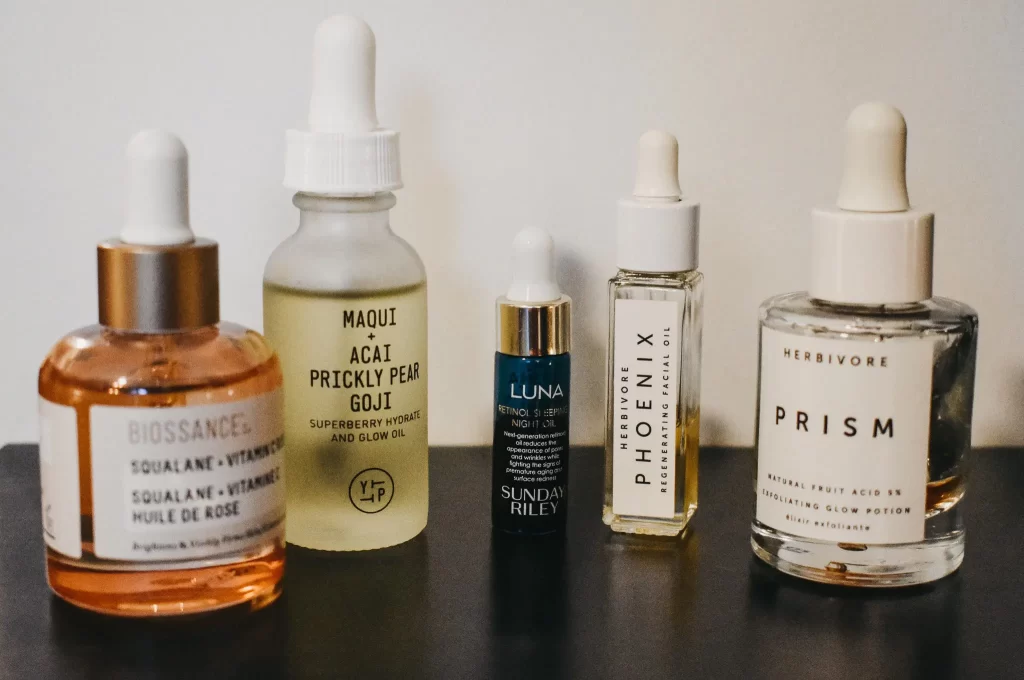
Lightweight Options That Absorb Quickly
If you prefer a clean finish, try top-rated face oils made with squalane or grapeseed oil. These oils absorb fast, so they don’t leave a greasy layer. They work well under makeup or sunscreen and are great for oily skin and combination skin.
Nourishing Oils for Nighttime Repair
Nighttime is when the skin repairs itself. Dermatologists recommend argan oil or rosehip oil at night because they contain essential fatty acids that restore moisture. These oils help the skin look plumper and feel smoother by morning. Use a few drops before bed for soft, balanced skin.
Affordable vs. Luxury Picks
Price does not always mean better results. A dermatologist-recommended face oil with clean, tested ingredients can work just as well as a luxury option.
Look for products with clear labels, stable packaging, and dermatologist approval. Whether you shop at the drugstore or online, choose a formula that fits your skin type and feels comfortable.
How to Apply Face Oils Properly
When and How to Layer Oils in Your Routine
To apply face oils the right way, start with clean, slightly damp skin. Use a few drops after your serums and moisturizers to lock in hydration. In the morning, apply it before sunscreen.
At night, make it the last step in your skincare routine for deeper absorption. Warm the oil between your hands and press it gently into your face and neck.
Common Mistakes to Avoid
Using too much oil can make your skin shiny or clog pores. Avoid mixing oils with strong actives like retinol unless your dermatologist says it’s safe. People with acne-prone skin should start slowly and watch for new breakouts. Using the right oil and the right amount makes the biggest difference.
Frequently Asked Questions
Not completely. Oils seal in hydration, but they don’t add water. Use them with serums and moisturizers that contain hyaluronic acid for the best results.
Yes, if you pick the right kind. Choose fragrance-free, cold-pressed oils for sensitive skin to reduce irritation. Always test a small area before using it on your full face.
Among the best facial oils, many dermatologists prefer jojoba oil because it works for almost everyone. It mimics natural sebum, keeping the skin balanced and smooth. Dr. Hannah Kopelman of DermOnDemand reminds patients that “the right oil depends on your skin type and consistency in your routine”.
At DermOnDemand, Dr. Hannah Kopelman and her team of board-certified dermatologists simplify the process of choosing the right face oil.
Learn more about what a cosmetic dermatologist does and how their expertise guides safer skincare choices. Their mission is to help every patient build a safe, simple, and result-driven routine.
Book your private consultation to find out which face oil works best for your skin type and how to add it to a dermatologist-approved skincare routine.

